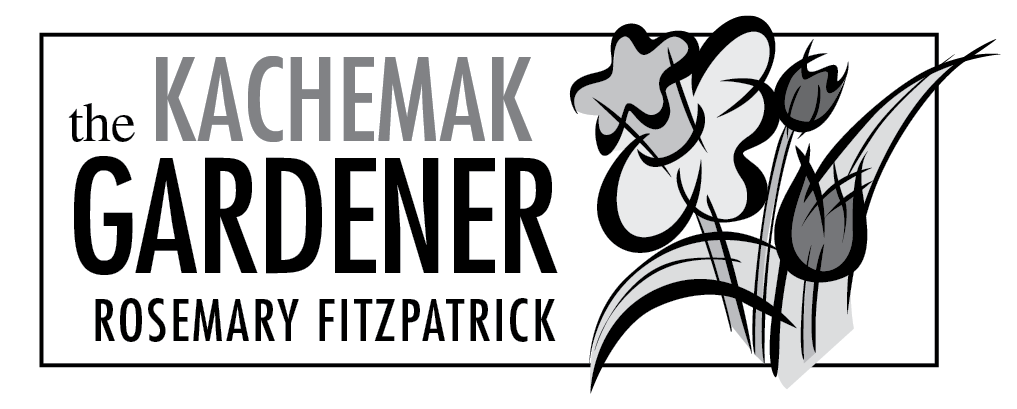Zounds! It is late Saturday and I have spent the day stuffing every available space in the perennial beds with annuals. I know, don’t plant out your tender starts on a sunny day, but there hasn’t been anything else so one needs to get the job done, and done it is. What a relief.
Let’s be clear on just what an annual is: a plant that lives for one season. It will bloom and then go to seed as fast as it can. Your job for the entire summer is to keep your annuals blooming. You will pinch off the spent blooms so they won’t go to seed. This technique is deadheading and will keep your garden plot looking fresh and colorful for the entire growing season.
Back to the planting of annuals. I love annuals. They offer color before and after the perennials (plants that return season after season, hopefully, barring months of ice, or 14 degrees in May, or … or … or …) have bloomed.
There are zillions to choose from and our local nurseries have risen to the challenge. If you have yet to make a foray to look at plants get going, the season is short.
So, I thought I had a plan relevant to which annual goes where. I had really thought this out (as I do every season), bought the seeds that make my heart sing, started them (always too many) and then the time comes to incorporate them into the perennial beds. And this is where things always go wrong. Well, not exactly wrong, more awry. All my careful labeling, thoughtful color combinations go out the window. This and that gets tucked here and there. And I am so completely happy while doing the tucking. The result is sort of a comfortable bedlam. Why not? I lean toward the same colors year after year and they all go together and they seem content together, nothing jarring. This is, after all, MY garden. Keep this in mind as you plant out — make yourself happy.
Which brings me to — who knew there were so many different irises out there. Apparently everyone but me. While having coffee with friends the other morning they were discussing their Siberian irises. Wanting to know how and when to transplant. I thought they were talking about our native iris setosa. No. No indeed. There really are Siberian iris out there. Now, the question is, why would you want them? Our native iris is so readily available and so lovely and so easy to propagate either from seed or division and so OURS. Try them. They even survive months of solid ice cover.
Mine live in a bog. Yes, I live in town and have my very own bog where marsh marigolds merrily thrive. I can’t say a bog has always been a goal of mine, but there it is and I might as well make the most of it, so that is where the iris setosas live along with the marigolds and a few yellow day lilies. It really makes for a striking combination and effectively fills in a rather difficult area. Keep this in mind if you have a similar situation.
Now is a good time to stake any plants that you have that may need support. My bleeding hearts tend to flop onto the boardwalk, making access a bit difficult. I use a short pea fence to hold them back from the walk way. The leaves grow into the fence, making it unobtrusive.
I must justify staking of bleeding hearts, which is unheard of, they don’t need any staking in the real world. But mine are huge, really. They live on the north side of the house, against the wall and thrive to the point of amazement. They are underplanted with white violets and the combination is a winner. But note — if anyone ever offers you white violets, just say “no.” First, they traveled from the bleeding hearts across the boardwalk to the roses and, again, they are lovely there. But they were on a mission — I have them everywhere, and I don’t want them everywhere. I will be digging them up, bagging them, taking them to the dump (not to be trusted in the compost), for the rest of my life. Be warned.
Delphiniums. If you have Pacific Giant, the ones that get six feet tall, or more, you will need to offer them support. They have a hollow stem that will snap with a stiff breeze. And this won’t happen until they are in full bloom and you are reveling in their magnificence. Once again, pea fencing comes to the rescue. This fence’s original purpose is to offer support for peas (get it? pea fence). I make a cage for the delphiniums and, once again, their foliage masks the fence and you have a massive clump of gorgeousness to marvel at, blooms intact.
Peonies. Now here is a plant that so needs support. There are wonderful grids with long legs that you set over the peony before it gets impossible to deal with. I leave mine in place all year. In the spring the grid is close to the ground and as the plant grows I move it up on its legs, following the plant. Once again, you won’t even know its there as the plant matures and those showy blooms take over. But no grid, no support of any kind, and those blooms will be laying on the ground with the first rain, which usually coincides with the blooming. If it isn’t one thing its another.
A quick word about your tomatoes. Please, people, just shake your plants to fertilize the blooms. A quick shake is all it takes. Mine have set fruit, just with a quick shake, nothing fancy, no paint brushes going from bloom to bloom, just a quick shake.
Rosemary Fitzpatrick is a longtime Homer gardener.


